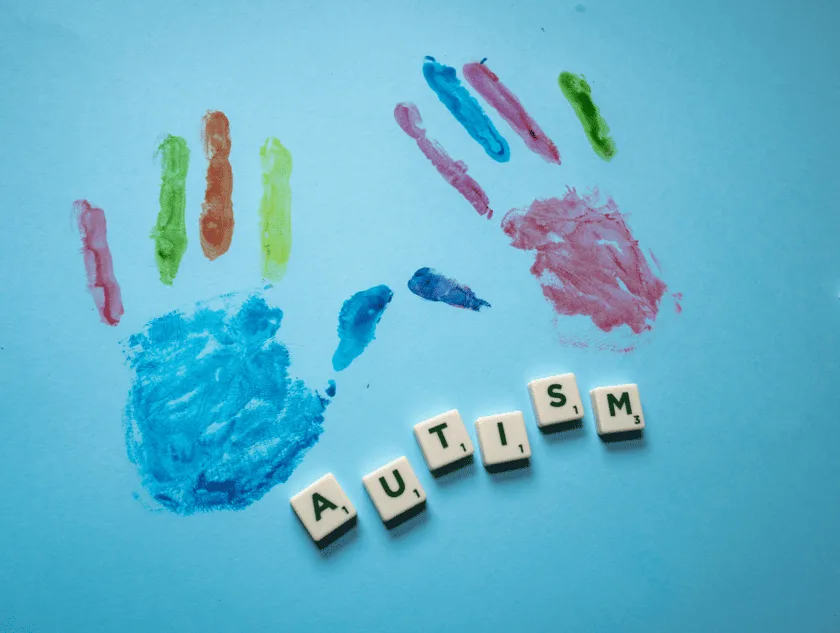Introduction
Autism reveals a unique sensory universe, and physical activity acts as a catalyst for cognitive and social achievements. Furthermore, physical activity reinforces organized stimuli, filters sensory overload, and promotes balance and well-being. From this perspective, in this article we will uncover the Benefits of Physical Activity for People with Autism.

How the Benefits of Physical Activity for People with Autism Can Transform Lives
Imagine children entering the park with more attentive gazes, finding in movement a channel to express emotions lightly and developing concentration in each game.
This is how some parents report smiles after swimming, dance, or adapted athletics, but the victories go beyond the physical, generating verbal interest and improved performance.
Stories of overcoming show that, day by day, autonomy and confidence grow among participants, demonstrating that sport can be a tool for inclusion, self-esteem, and preparation for future challenges.
The Importance of Physical Activity in Autism
Regular physical activities open doors to strengthening essential social skills. When running or swimming, the body releases endorphins that reduce anxiety and agitation, common in people with ASD.
At the same time, these routines reinforce discipline, create healthy habits, and group exercises foster social bonds.
Therefore, introducing movement early in the routine can set positive habits and integrate the individual into community life naturally.
Cognitive Benefits and Mental Development
Yoga, adapted Pilates, and aerobic exercises stimulate working memory and increase attention in daily and school tasks.
Moreover, these exercises promote neuroplasticity by forming neural connections that strengthen circuits essential for simple and complex commands. Ball games spark focus and curiosity, inviting new challenges and turning learning into an enjoyable adventure.
Meanwhile, exercises set to carefully chosen music reduce intense sensory stimuli and gradually improve auditory perception and motor coordination.
Behavioral Benefits and Reduction of Stereotypies
Rhythmic movements and obstacle courses channel excess energy and reduce repetitive behaviors, replacing stereotypies with focused, fun activities.
Team exercises reinforce self-control and cooperation, as the body learns to channel impulses healthily in predictable environments and celebrate small achievements.
Strengthening Social Inclusion
Sport breaks down barriers between children with and without autism, as in courts and pools they learn group rules, empathy, self-esteem, and a sense of belonging.
Cooperative games stimulate nonverbal communication among peers and role differentiation within a team, reinforcing responsibility.
Thus, support from educators and health professionals is essential to adapt activities to individual needs, and investing in inclusive environments contributes directly to well-being and cultural transformation in schools and communities.
Emotional Well-Being and Quality of Life
Outdoor exercises relieve daily sensory stress and naturally boost mood, as walking, cycling, or guided trails create an efficient outlet for emotional overload.
Additionally, reducing sedentary behavior minimizes the risk of comorbidities, promotes a more stable and sustainable mood, and gradually strengthens self-confidence.
Adapting Physical Activities for Different Needs
Each person with ASD has unique interests and limits: water activities suit those seeking gentle sensory input, while adapted dance and workplace gymnastics offer comfort and safety.
Occupational therapists and physical education professionals design personalized programs combining guided trails, Pilates balls, or sensory accessories, since flexibility in choice strengthens adherence and engagement.
All of this is focused on the Benefits of Physical Activity for People with Autism.
Strategies to Foster Daily Practice
Setting simple goals—like jumping rope for five minutes or doing morning stretches—helps form constant habits, and visual timers and playful rewards can reinforce interest.
Parents and professionals can share experiences weekly, and involving the whole family in activities boosts collective engagement and celebrates each milestone.
Likewise, adjusting goals as progress occurs ensures lasting and safe benefits.
Scientific Evidence and Promising Results
Recent research shows a significant reduction in challenging behaviors with regular exercise, highlighting improvements in cognitive, social, and executive function tests.
These data reinforce the credibility of educational and therapeutic programs, and reports from leading institutions indicate measurable gains in school interaction and daily task performance.
Therefore, public policies should include physical activity as a mandatory component in therapies and schools, strengthening the creation of truly inclusive environments.
Conclusion
Sport reveals a universe of sensory, cognitive, and emotional achievements for people with ASD. Each step taken toward the Benefits of Physical Activity for People with Autism represents courage, self-confidence, and love, while dialogue among professionals, families, and communities can amplify results.
Incorporating exercise into daily routines enhances quality of life, and investing in accessible infrastructure—with family and professional support—creates real opportunities for holistic development.
Celebrating every victory, however small, inspires a more inclusive, joyful future full of possibilities.
- Scientific Reference: Silva, S. G. da, Lopes, D. T., Rabay, A. A. N., Santos, R. M. L. dos, & Moura, S. K. M. S. F. de. (2018). The benefits of physical activity for people with autism. Diálogos Em Saúde, 1(1). https://periodicos.iesp.edu.br/dialogosemsaude/article/view/204





























